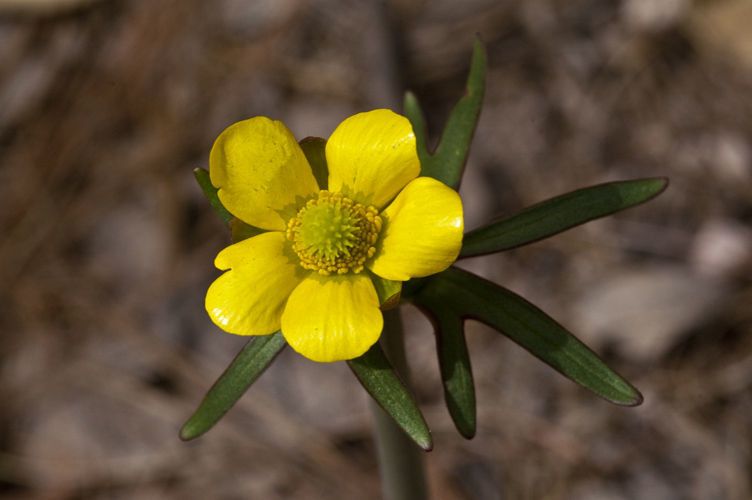Propagating the Arizona Buttercup (Ranunculus arizonicus): A Gardener’s Challenge
Introduction
Ranunculus arizonicus, commonly known as the Arizona buttercup, is a charming, low-growing perennial native to the southwestern United States. Its bright yellow, bowl-shaped flowers, appearing in spring, brighten arid landscapes, making it a prized addition to rock gardens and xeriscapes. While relatively easy to cultivate from established plants, propagating Ranunculus arizonicus presents unique challenges, making successful propagation a rewarding endeavor for the dedicated gardener. Its relative scarcity in cultivation also contributes to the interest in its propagation.
Seed Germination
Currently, there are no known reliable methods for seed germination propagation of Ranunculus arizonicus. While the plant produces seeds, their germination rate is reportedly very low and unpredictable, even under carefully controlled conditions. Further research into specific germination requirements is needed.
Cuttings
Propagating Ranunculus arizonicus from cuttings has also proven unreliable. The success rate is very low, likely due to the plant’s somewhat delicate nature and susceptibility to rot. Attempts at stem or root cuttings generally fail to produce viable plants.
Division
Division is the most reliable method for propagating Ranunculus arizonicus. This involves carefully separating established clumps into smaller sections, each containing healthy roots and buds.
-
Challenges: The delicate root system makes division a somewhat delicate operation. Damaging the roots can significantly reduce the chances of success. The plant’s slow growth rate means that it takes several years for a division to mature into a substantial plant.
-
Practical Tips: Division is best carried out in spring or early autumn when the plant is actively growing but not under extreme stress. Ensure each division has a sufficient root mass and several growing points. Plant the divisions immediately in well-draining soil, ensuring the crown is at ground level. Water gently but avoid overwatering.
-
Rewards: Division offers a relatively high success rate and allows for the quick establishment of new plants, preserving the genetic characteristics of the parent plant.
Tissue Culture
Tissue culture propagation is a possibility, but this method requires specialized laboratory equipment and expertise.
-
Challenges: Establishing aseptic conditions and developing a suitable growth medium are critical challenges. The specific cultural requirements of Ranunculus arizonicus for tissue culture are currently unknown and would require significant research and experimentation.
-
Practical Tips: Researchers interested in this method would need to experiment with different media formulations and plant growth regulators to find the optimal conditions.
-
Rewards: Tissue culture could offer a large-scale propagation method, potentially leading to wider availability of this species. It could also provide a means for conservation efforts by propagating plants from rare or endangered populations.
Conclusion
Propagating Ranunculus arizonicus presents considerable challenges, with division currently being the most practical and viable approach for the home gardener. While seed germination and cuttings have largely given disappointing results, the potential of tissue culture warrants further investigation. The rewards, however, are significant, particularly if success is achieved with seed propagation or tissue culture – potentially leading to increased genetic diversity and wider availability of this attractive native wildflower. The unique difficulty involved in cultivating this plant from scratch contributes substantially to the immense sense of accomplishment when a tiny division thrives and bursts into vibrant yellow blooms, proving a testament to the perseverance and dedication of the propagator. So, while the journey might be challenging, the beautiful result makes it exceptionally worthwhile.
